The layoffs affected engineers involved in Ford and Lincoln digital experience projects, working under the software team led by Doug Field, Ford’s Chief EV, Digital and Design Officer. Ford clearly stated that the personnel changes were purely aimed at improving internal efficiency and were unrelated to policy factors such as U.S. import tariffs or the cancellation of the FNV4 software platform. CEO Jim Farley also noted that Ford had merged its two electric vehicle architectures into one to improve software deployment efficiency and reduce development costs, emphasizing that this change would help the company launch connected services and digital features more rapidly.
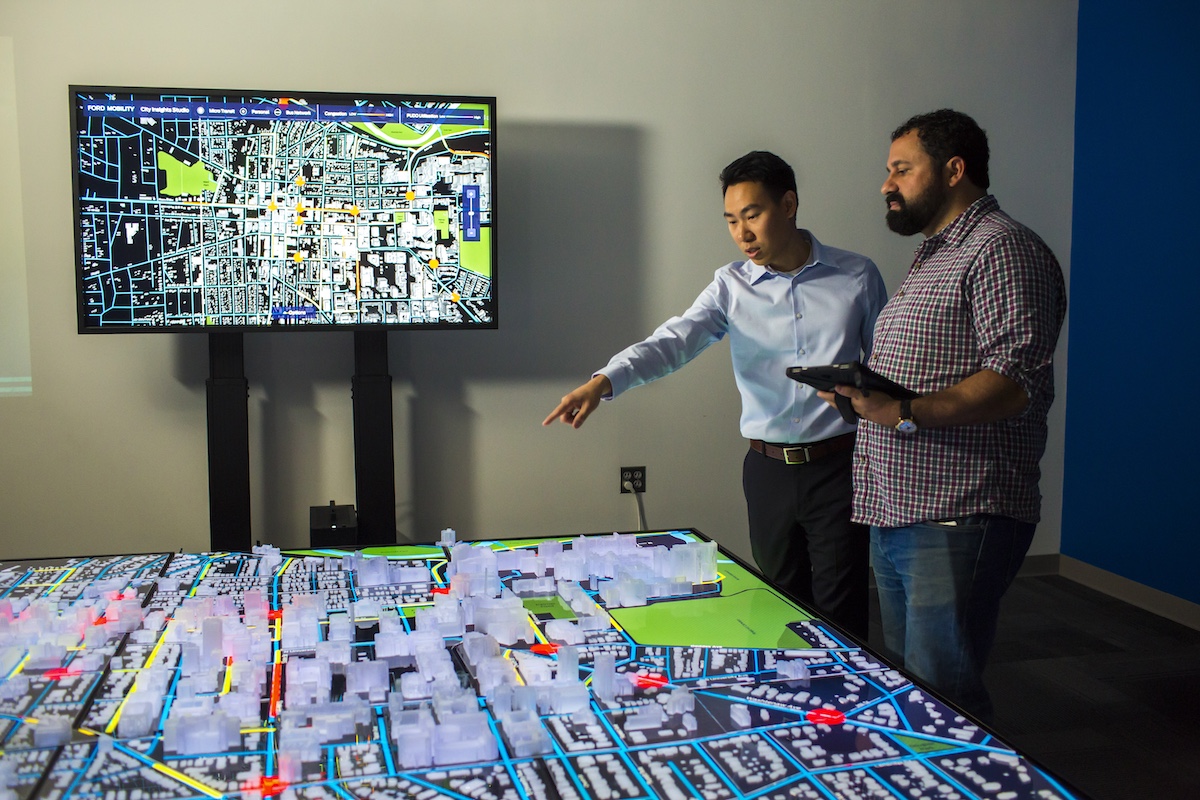
In fact, Jim Farley had already emphasized as early as 2022 that the recruitment and integration of software talent is one of the keys to Ford’s next-generation competitiveness. However, despite Ford’s leadership recognizing the importance of software talent, this round of layoffs suggests that building a highly efficient and agile software development and maintenance organization remains a pressing management challenge for Ford.
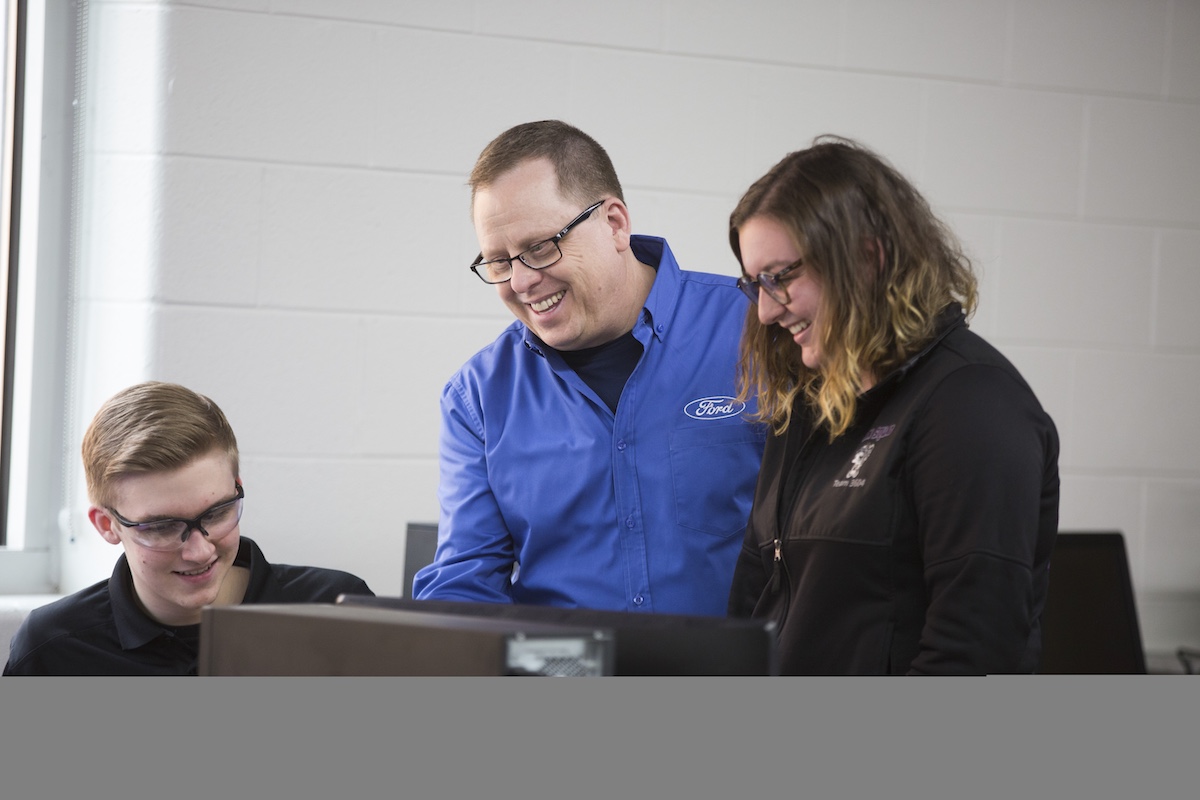
Broadening the view to examine other automakers’ software strategies, it becomes clear that the battle to define the future of the automobile is rapidly intensifying across the global automotive industry. Tesla, with its clear advantage in software, has adopted a highly vertically integrated approach. From autonomous driving algorithms and OTA updates to smart cockpit experiences, Tesla handles nearly all development in-house. This allows the company to quickly roll out new features and continuously refine them based on user needs. Moreover, Tesla has turned software into a major revenue source through subscription models for features such as Full Self-Driving (FSD) and enhanced navigation. This strategy has become a benchmark for traditional automakers—Mercedes-Benz, for instance, is leveraging digital extras to increase revenue.
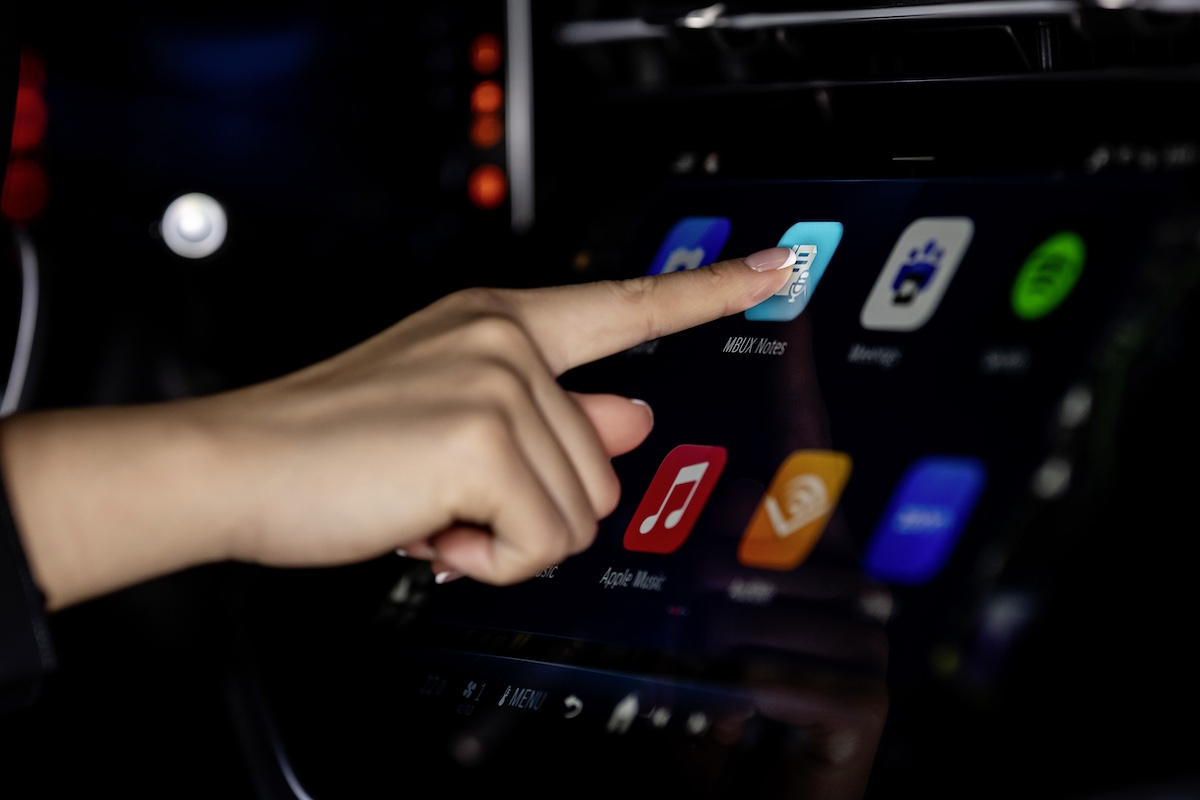 By contrast, Volkswagen Group’s software subsidiary CARIAD, which was tasked with unifying software platform development, has faced repeated setbacks, including project delays and integration issues. For example, the software platform initially planned for new-generation Audi and Porsche vehicles had to be postponed due to slow development progress, even impacting vehicle launch timelines. Volkswagen has recently begun restructuring CARIAD and bringing in more external partners to address internal collaboration inefficiencies, reflecting the structural challenges traditional automakers face in their software transformation.
By contrast, Volkswagen Group’s software subsidiary CARIAD, which was tasked with unifying software platform development, has faced repeated setbacks, including project delays and integration issues. For example, the software platform initially planned for new-generation Audi and Porsche vehicles had to be postponed due to slow development progress, even impacting vehicle launch timelines. Volkswagen has recently begun restructuring CARIAD and bringing in more external partners to address internal collaboration inefficiencies, reflecting the structural challenges traditional automakers face in their software transformation.
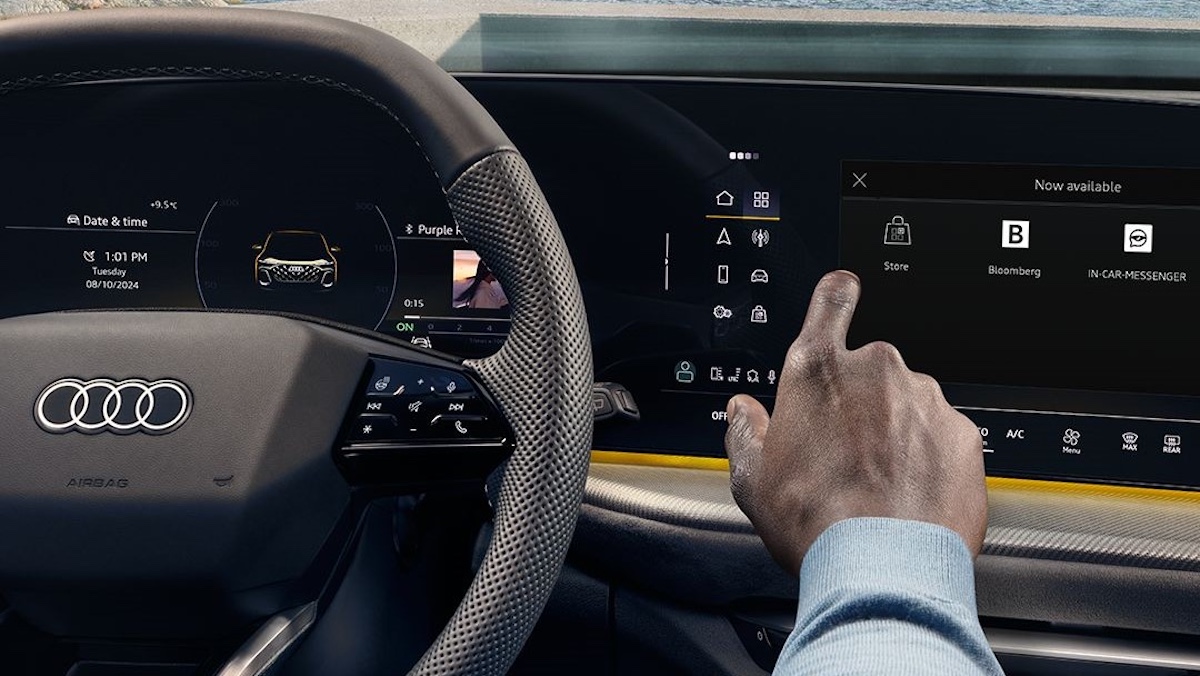
In the North American market, both General Motors (GM) and Stellantis are actively investing in software platform development, though they remain in the early stages of their transitions. GM’s Ultifi platform aims to build an in-vehicle application environment similar to a smartphone ecosystem, with the goal of delivering new features to customers through frequent OTA updates. Stellantis, meanwhile, is working with Amazon and Foxconn to develop its STLA Brain software platform, which could debut in new vehicles as early as this year. However, based on current user feedback and development pace, both companies still struggle to match Tesla in terms of software innovation and user experience, and their market performance remains to be seen.
As for Asian brands, Toyota and the Hyundai Group have taken more cautious approaches. Toyota is advancing internal testing of its Arene platform through its software arm, Woven by Toyota. Hyundai, on the other hand, has focused on localizing connected services and strengthening cybersecurity in regional markets, while building OTA architecture across its global platforms. Notably, Chinese brands such as BYD, NIO, and XPeng are rapidly gaining an edge in their domestic markets by leveraging strong local R&D teams and abundant consumer data. These companies are aggressively developing features like intelligent cockpits, biometric identification, and voice controls, posing significant technological and innovation pressure on traditional automakers.
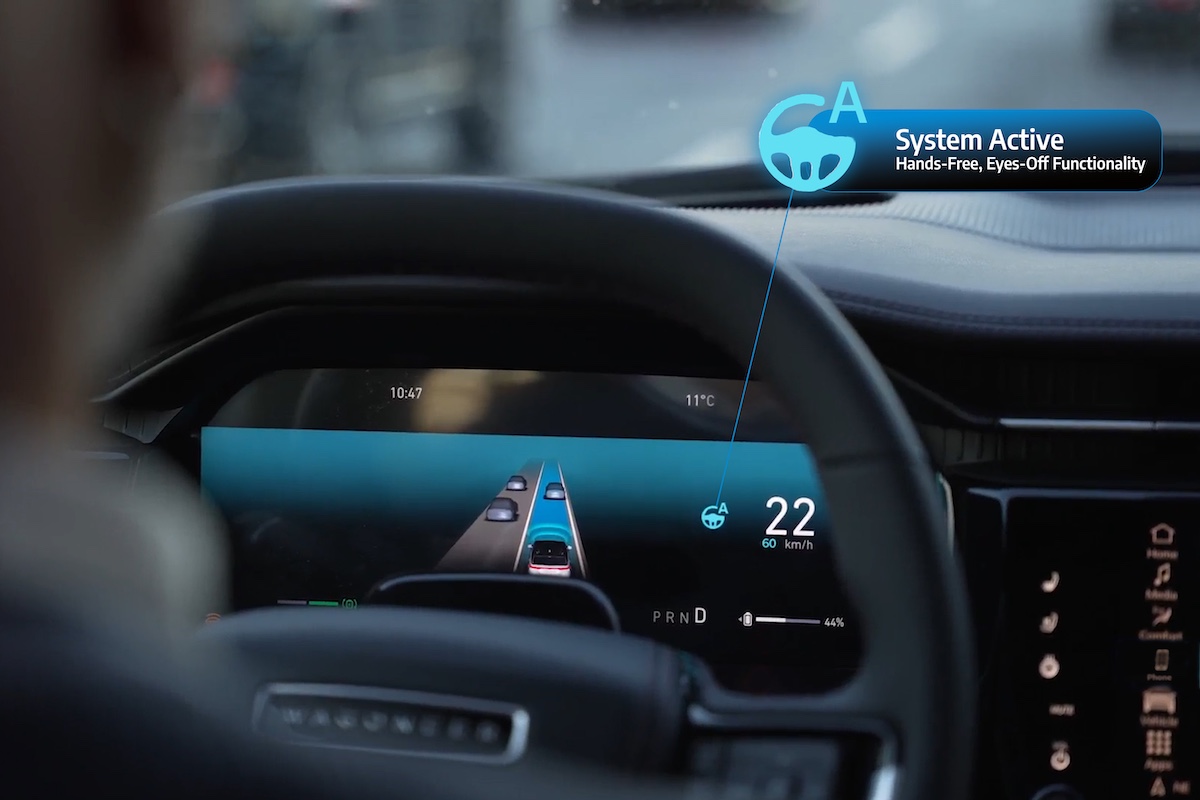
In conclusion, Ford’s recent layoffs are not merely an internal organizational adjustment—they also reflect a broader growing pain shared by global automakers in the SDV era. The strategy of "spending heavily to attract talent" is now giving way to a more pragmatic approach focused on "precise deployment and accelerated implementation." Software for connected vehicles is no longer just a supplementary function but is instead becoming the cornerstone of brand value, user engagement, and revenue models. Moving forward, automakers must find a balance between system architecture, development efficiency, and user experience to stand out in this prolonged competitive battle.